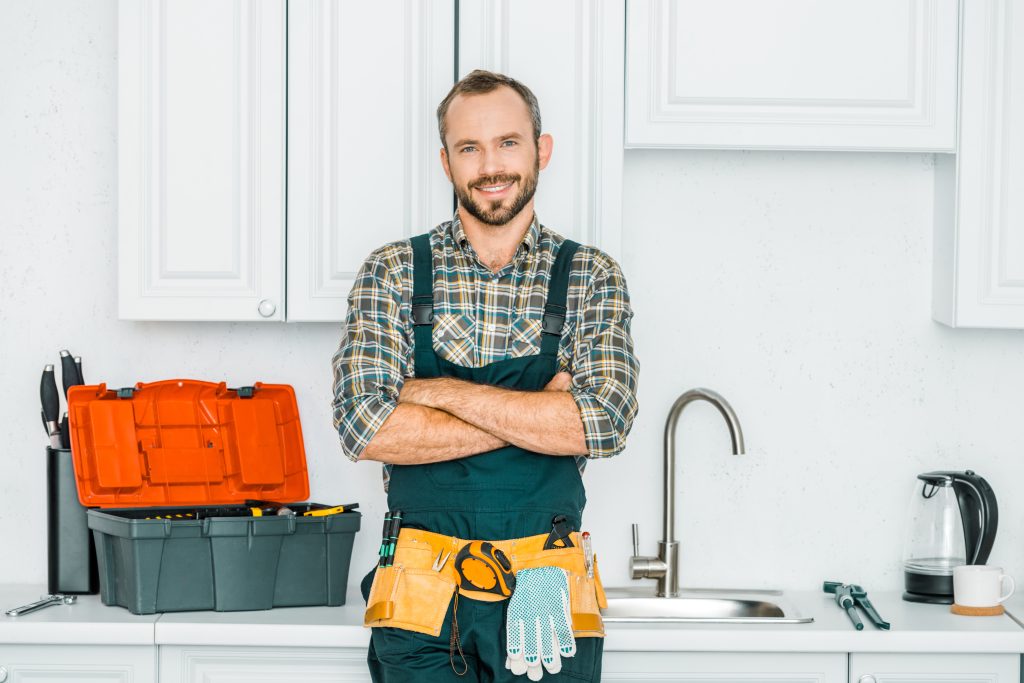How to Perform a Pool Pipe Pressure Test?
How to Perform a Pool Pipe Pressure Test?
When testing a pool for leaks, one of the first diagnostic tests is a pressure test. The plumbing lines are isolated and tested independently during this process to determine its ability to hold pressure without leaking. A pool pipe pressure test is only as accurate as the person performing the test, so it is essential to let a professional carry it out for you.
If you fitted a plumbing system in a high-rise building, all plumbing lines would be pressure tested which including the following steps:
- The entire plumbing system to be installed should be combined into a single line for testing purposes.
- The system is charged between 150% to 300% of the value of the maximum designed operational pressure
- The system is loaded in increments (typically by 10 or 25 PSI), with a waiting period for each pressure level.
- Once charged to the maximum test value, the system is monitored for leaks for 10 minutes.
- If no leaks are discovered, the pressure is reduced to 150% of the system’s maximum pressure and left for 24 hours.
- Any loss in pressure, even 1/4 lb in 24 hours, will fail the pressure test.

Pool Pipe Pressure Test
When you take these principles and apply them to the swimming pool industry, you need to know a few values. The first is the maximum working pressure of the pool system. 30 PSI is the standard maximum pressure that pool equipment must support. 50 PSI represents a severe maximum above which failure is expected. You must also know the maximum rated pressure of the plumbing materials used.
1.5″ schedule 40 PVC = 198 PSI maximum operating pressure
1.5″ schedule 80 PVC = 282 PSI maximum operating pressure
2″ schedule 40 PVC = 166 PSI maximum operating pressure
2″ schedule 80 PVC = 243 PSI maximum operating pressure
3″ schedule 40 PVC = 158 PSI maximum operating pressure
3″ schedule 80 PVC = 225 PSI maximum operating pressure
4″ schedule 40 PVC = 133 PSI maximum operating pressure
4″ schedule 80 PVC = 194 PSI maximum operating pressure
6″ schedule 40 PVC = 106 PSI maximum operating pressure
6″ schedule 80 PVC = 167 PSI maximum operating pressure
These values indicate the maximum working pressure, not the burst pressure. In most cases, PVC pipe burst pressure is five times what the maximum operating pressure value is.
Some crucial lessons to take away from these numbers is that you should never test a system at a larger pressure than the pipe is set to handle. While the burst value is higher, you should never try to exceed the maximum working pressure specified for your pipe material – that’s your hard maximum.
Another important conclusion from this information is how durable plastic pipes are. There is no reason to test your piping system at 5 or 10 PSI if the pipes (and the system itself) are designed to operate at a much higher value.
Applying industry pressure testing standards and adapting them to the working pressure of swimming pools and the maximum working pressure of your materials, the pressure test for pool pipes should include:
- Hang all suction and return lines into a singular manifold to test as a single unit
- Charge the system in 10 PSI increments, waiting 10 minutes at each stage before applying greater pressure
- Charge the pipes to 200% of the pool working pressure (60 PSI) for flexible systems and 300% (90 PSI) for rigid PVC.
- Monitor for leaks for 10 minutes
- Reduce the pressure to 150% of the system working pressure (45 PSI) and leave it idle for 24 hours
- If, after 24 hours if any pressure loss is observed, further leak investigation is needed.

Swimming Pool
Pressure testing is an extremely important technical process if you want to limit your company’s liability for underground leaks. By using an established pressure test standard borrowed from the plumbing industry, you can be sure that you are doing everything possible to minimize the risk of a potential leak.
If you feel overwhelmed and unsure whether you can do a pool pipe pressure testing yourself, we recommend turning to leakinc. With over ten years of experience in the industry, their expertise in leak detection is unparalleled. Give them a call and see for yourself how they can help you out.



[…] Having a job is of paramount importance these days. Indeed, there are many jobs in the world. The fact…
[…] Personally, I need a hot shower whether we are in winter or summer because I don’t feel clean otherwise,…
[…] Sound off in the comments section below, and tell us what you want to read next and if you…
[…] unfortunately, when it concerns a major plumbing issue, a botched job might end up causing a lot of harm…
[…] overestimate your talents, either. Sure, some simple jobs (like prevention!) can be done by a handy homeowner. But don’t…